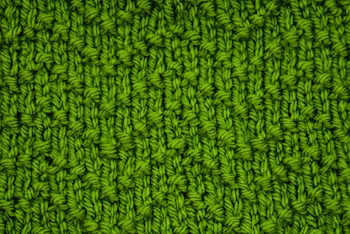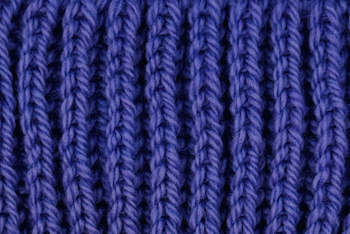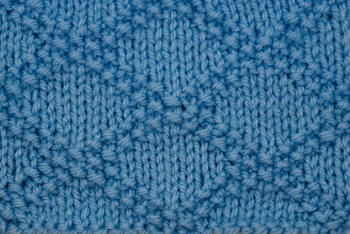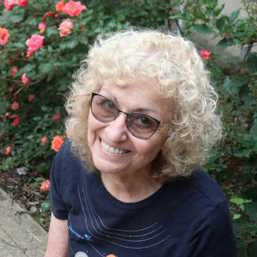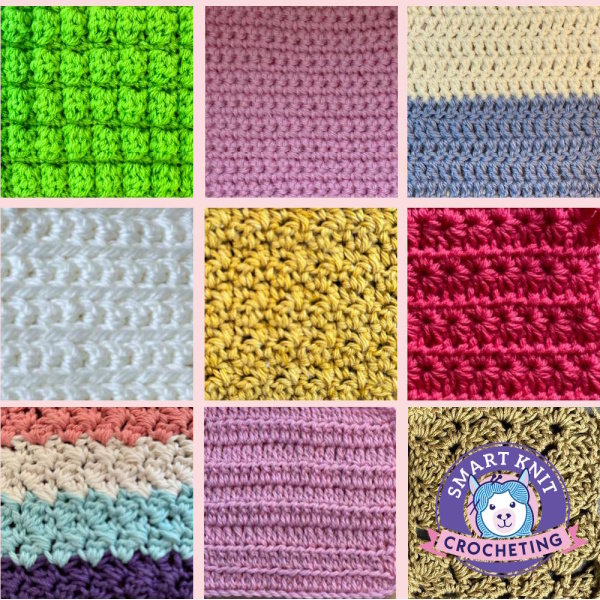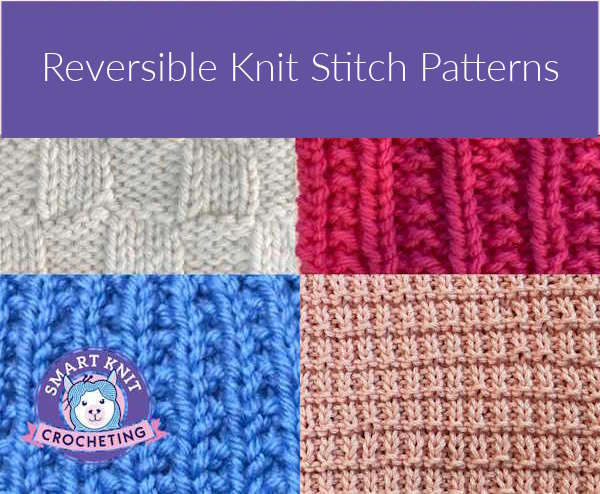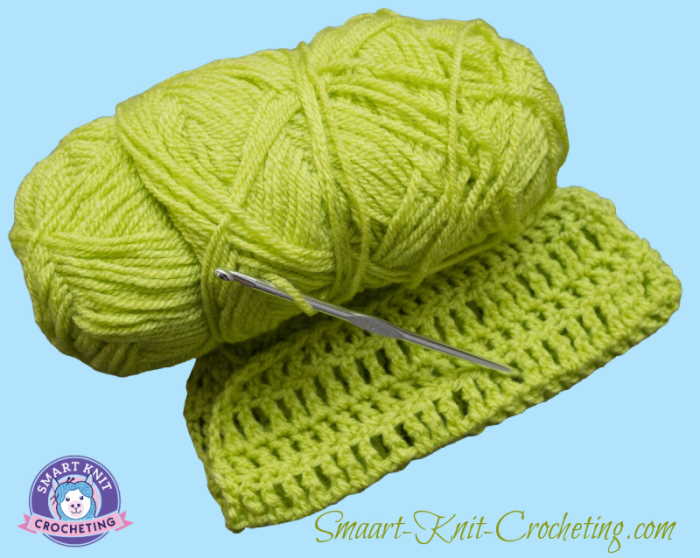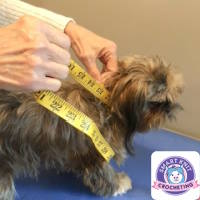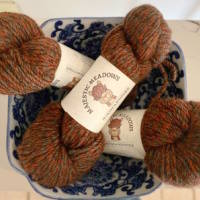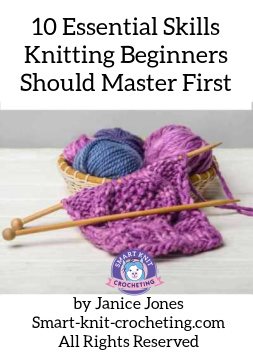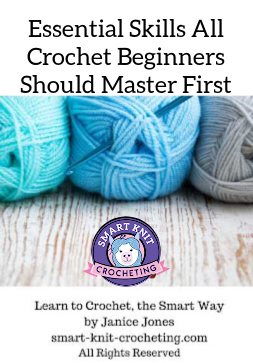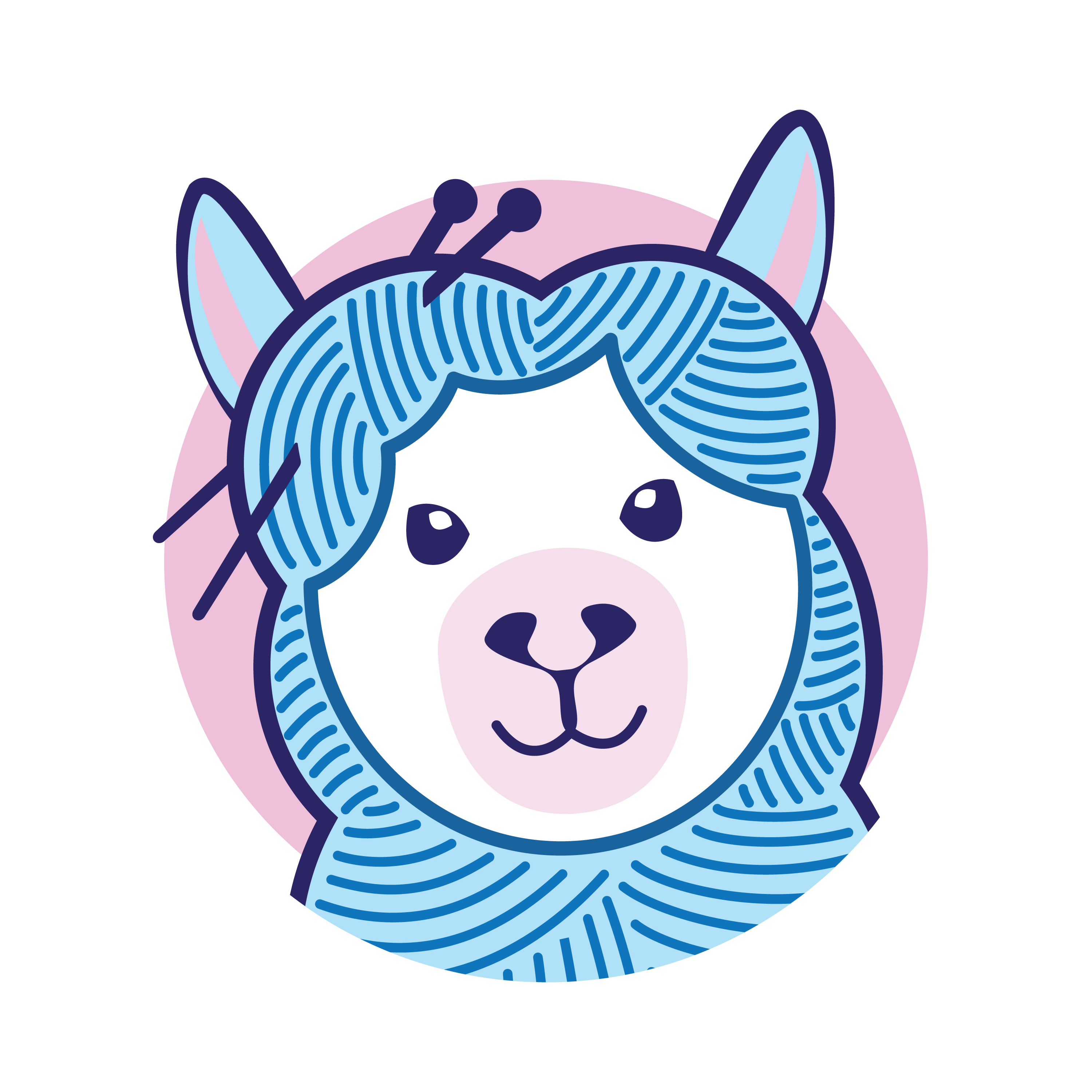- Home
- Knit and Purl Stitches
- Diagonal Seed Stitch
How to Knit the Diagonal Seed Stitch Pattern
The Diagonal Seed Stitch is a textured knitting pattern that forms diagonal bands of seed-like bumps across your fabric. It’s created by alternating knits and purls across a six-row repeat. Though it looks complex, it’s built from simple knit and purl stitches, making it accessible even to advanced beginners.
Whether you want to knit scarves, dishcloths, blankets, or even a textured sweater panel, this stitch adds both texture and interest to your knitted fabric.
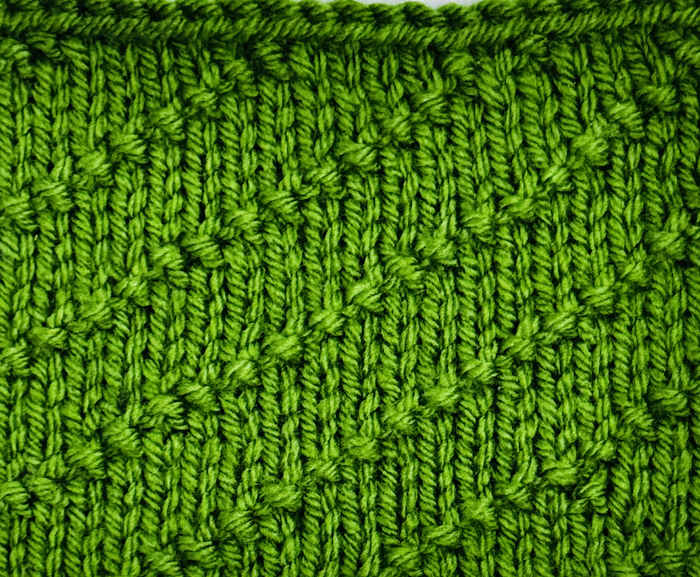
Skill Level

If you're comfortable with knits and purls and ready to follow a slightly longer row repeat, this pattern is perfect for practicing stitch placement.
Skills You Will Need
- How to make a knit Stitch
- How to make a purl stitch
- How to cast on (Long-tail cast on)
- How to bind off (In pattern
Abbreviations Used
k = knit
p = purl
RS = right side
WS = wrong side
** = Repeat the instructions within the asterisks for the number of times indicated in the instructions.
Materials Needed
- Yarn: Worsted weight or yarn of your choice
- Needles: Appropriate for your yarn (e.g., US 7–9 for worsted)
- Tapestry needle (for weaving in ends)
- Scissors
Notes About the Diagonal Seed Stitch Pattern
- This pattern is worked on a multiple of 6 stitches (6, 12, 18, 24, etc).
- This requires a six-row repeat.
- It is a knit and purl stitch pattern.
- It is not reversible, but does look interesting on the wrong side.
- It does not curl, but a little blocking will make it look professional.
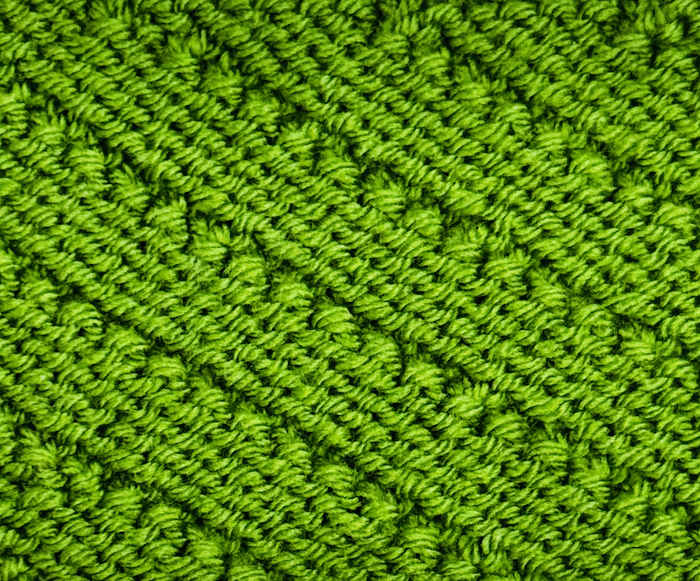 This is the Wrong Side of the Diagonal Seed Stitch Knit Pattern. It is not reversible, but the wrong side looks nice.
This is the Wrong Side of the Diagonal Seed Stitch Knit Pattern. It is not reversible, but the wrong side looks nice.Written Instructions
Cast on a multiple of 6 stitches (e.g., 24, 30, 36...).
Row 1 (RS): Knit 5, purl 1; repeat from * to end.
Row 2: Purl 1, knit 1, purl 5; repeat from * to last 5 sts, knit 1, purl 4.
Row 3: Knit 3, purl 1, knit 5; repeat from * to last 3 sts, purl 1, knit 2.
Row 4: Purl 3, knit 1, purl 5; repeat from * to last 3 sts, knit 1, purl 2.
Row 5: Knit 1, purl 1, knit 5; repeat from * to last 5 sts, purl 1, knit 4.
Row 6: Purl 5, knit 1; repeat from * to end.
Repeat Rows 1–6 until you reach your desired length. Bind off in pattern. This means to knit the knit stitches and purl the purl stitches as you bind off.
Instructions for Working the Diagonal Seed Stitch in the Round
When knitting in the round, you are constantly working on the right side, so all WS rows from the flat version must be converted to their opposite stitch (i.e., purl ↔ knit).
Cast on a multiple of 6 stitches. Join to work in the round.
Round 1: Knit 5, purl 1; repeat from * to end.
Round 2: Knit 4, purl 1, knit 1; repeat from * to end.
Round 3: Knit 2, purl 1, knit 3; repeat from * to end.
Round 4: Purl 2, knit 1, purl 3; repeat from * to end.
Round 5: Purl 4, knit 1, purl 1; repeat from * to end.
Round 6: Purl 5, knit 1; repeat from * to end.
Repeat Rounds 1–6 for the pattern.
Diagonal Seed Stitch Instructions in Chart Form
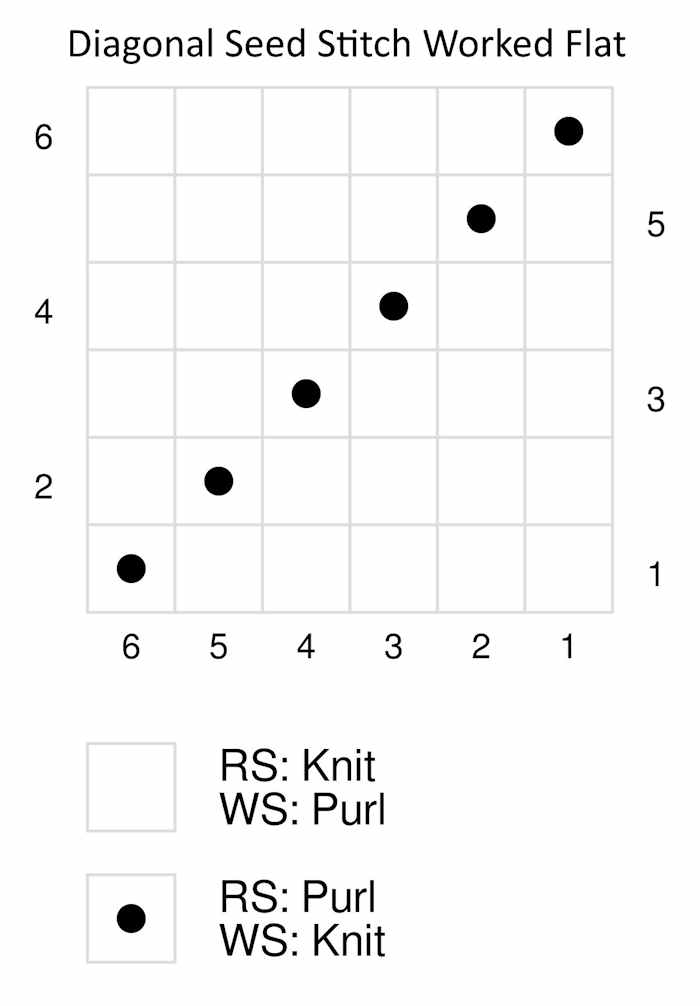
What can you make with the Diagonal Seed Stitch
- Scarves & Cowls: Adds depth without curling
- Dishcloths or Washcloths: Dense and textured for scrubbing
- Blankets: Works up beautifully in panels or as an accent stitch
- Sweater Panels: Adds visual interest to the body or sleeves
Is the Diagonal Seed Stitch reversible?
Is the Diagonal Seed Stitch reversible?
No, this stitch pattern has a distinct right and wrong side, though the reverse side is still attractive.
Can I use this stitch for a baby blanket?
Can I use this stitch for a baby blanket?
Absolutely! It’s soft, textured, and interesting without being too holey.
Will this stitch curl?
Will this stitch curl?
No, the combination of knits and purls makes it lie flat without added borders.
Is it stretchy?
Is it stretchy?
Not particularly. It has a bit of give, but it's firmer than ribbing.
Diagonal Seed Stitch Pattern: Pin Now, Knit Later
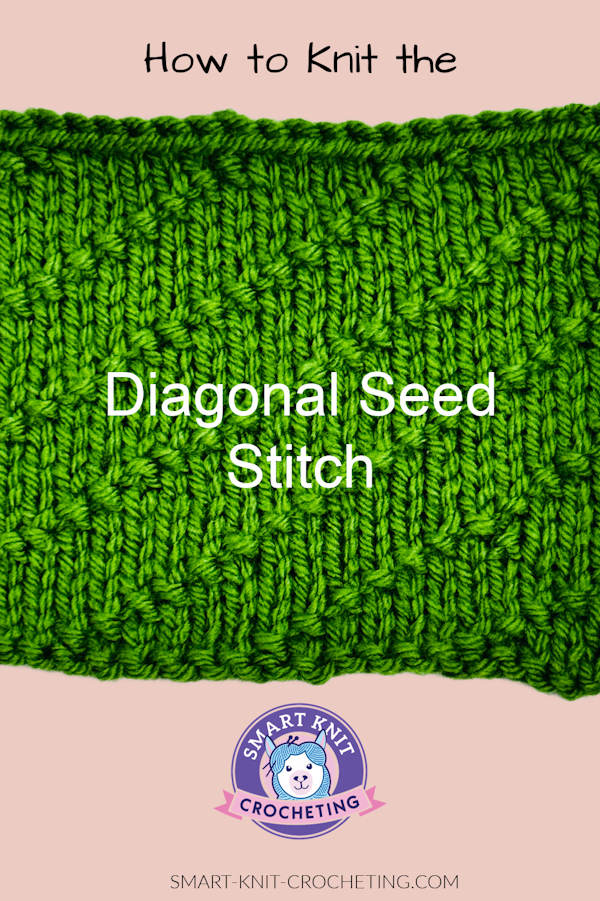
More Textured Stitch Patterns to Explore
Happy Knitting,
Janice
